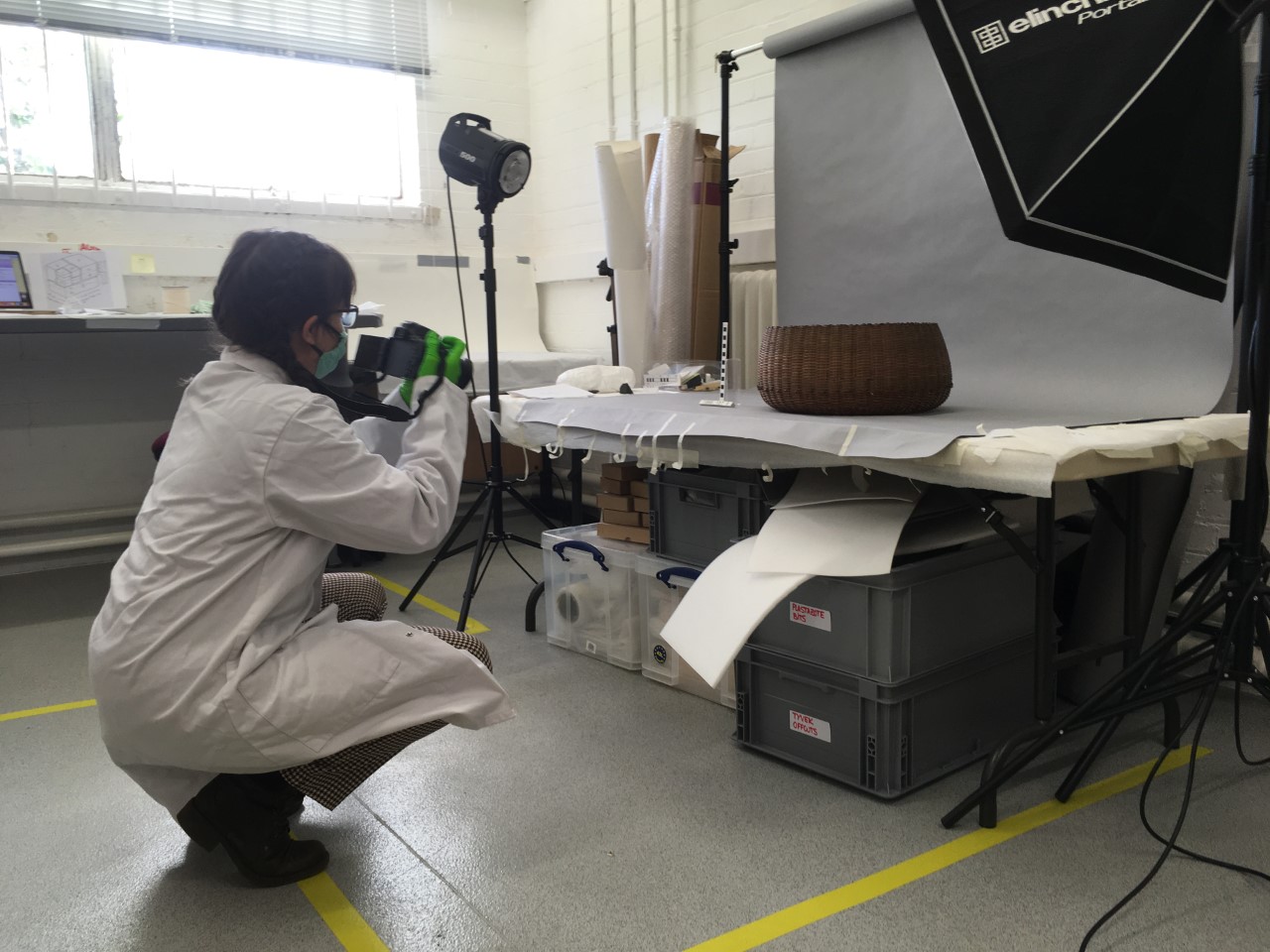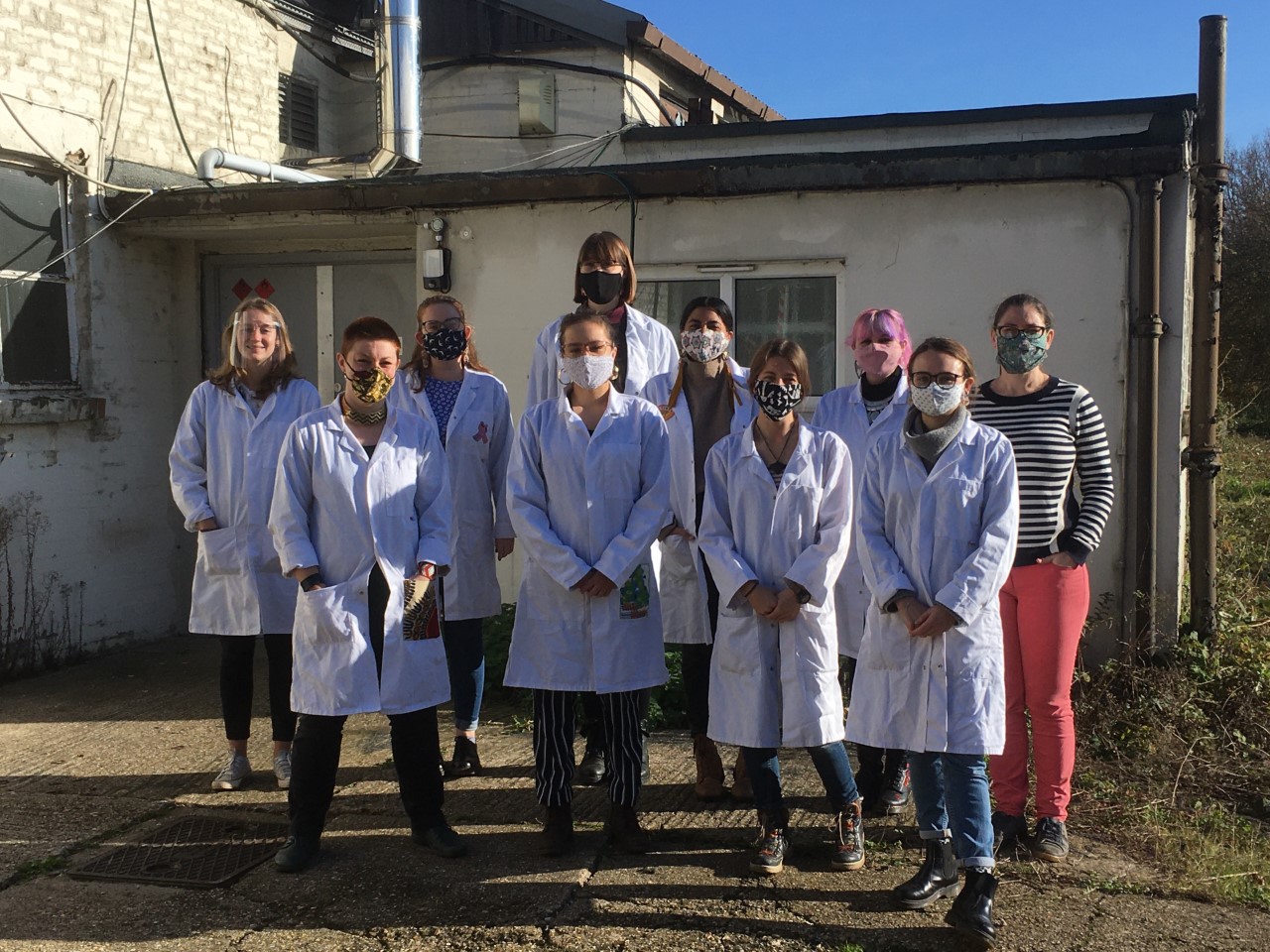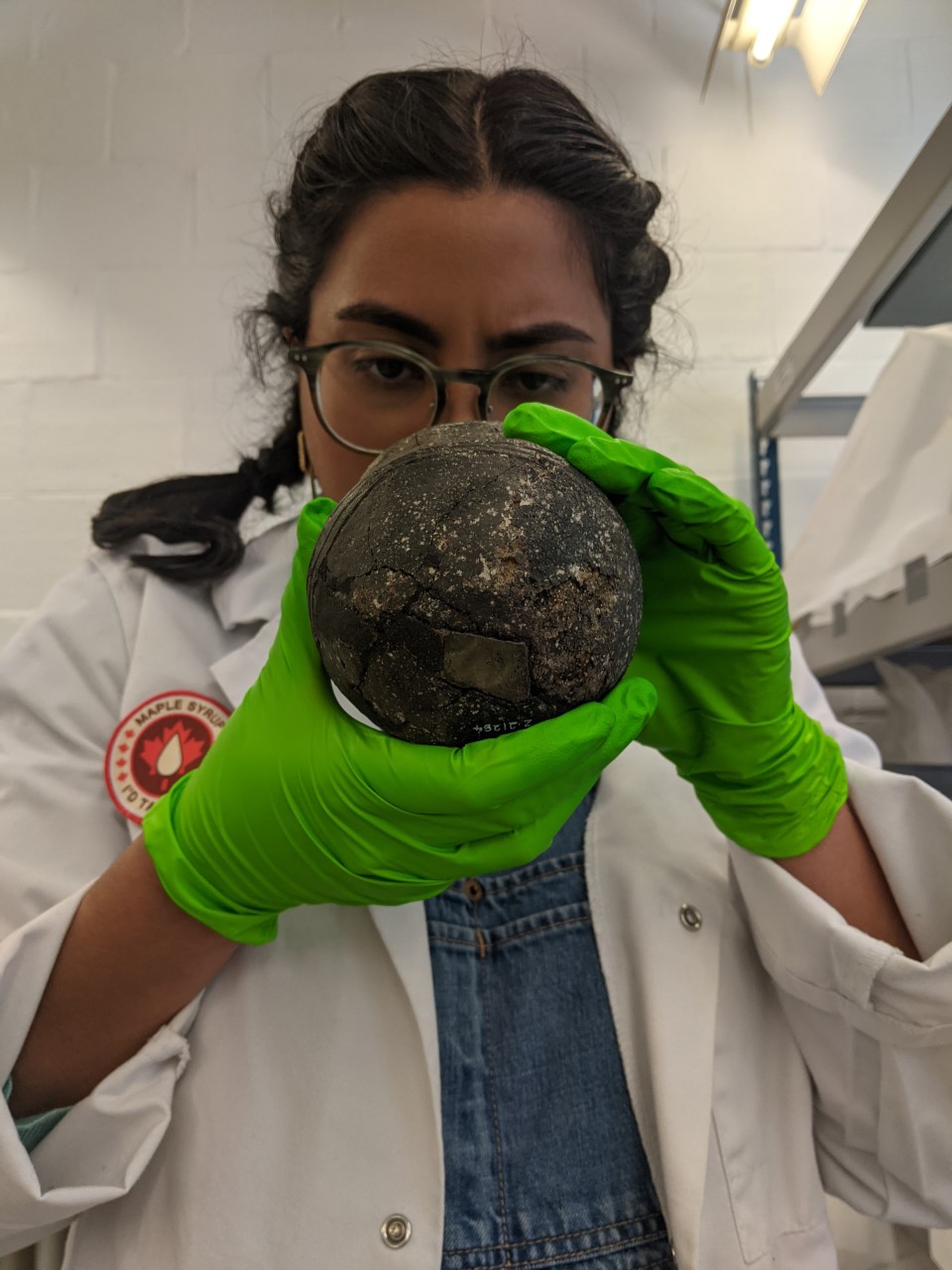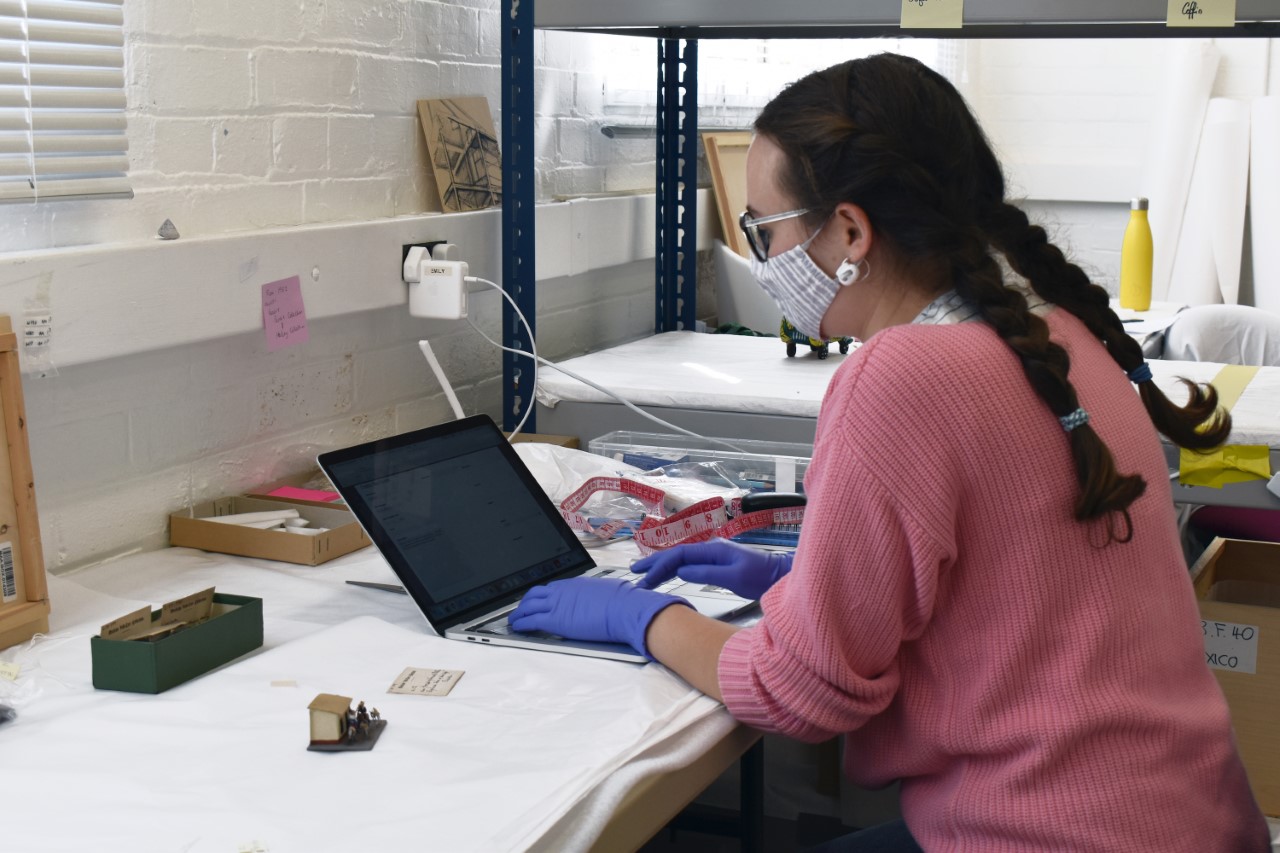How have you been? You doing OK? Things have been pretty wild here, in a panic-don’t-panic, start-stop kind of way.
Last March we were selecting an incredible team of nine Collections Assistants from an extraordinary field of over 700 applicants to join the most ambitious project the Museum of Archaeology and Anthropology (MAA) has undertaken in at least a generation. It was all hugely exciting and terrifying, and then it stopped. And eventually started. Then stopped again. 15 months on, here is a very belated introduction to the MAA Stores Move: a reflection on what we’ve done so far and a look forward to the transformative work we’ll be undertaking in the years ahead.

The Background
In July 2019 the University of Cambridge generously provided £8.6m funding for a new off-site collections facility for MAA close to Cambridge city centre. The building that is now the Centre for Material Culture (CMC) is a piece of local and global heritage in itself: the historic Cambridge Nuclear Bunker. Construction firm RG Carter refitted the interior of the building and installed climate control, fire suppression, etc., whilst Rackline provided the shelves (so many shelves). MAA took possession of the new store in October 2020, on time despite the pandemic!
The CMC will provide physical and digital access to 250,000+ artefacts from more than 160 countries that it is our privilege to care for. The University is funding 12 members of staff for the five-year project of moving the collections to their new home. Moving a collection of this size and complexity, one of huge historical and cultural significance both to communities close to home and across the world, is not straightforward. In planning this project, Mark Elliott and Imogen Gunn benefited from the huge experience within the University of Cambridge Museums consortium and museums across the UK that had recently completed moves of their own and who generously shared their time and expertise with MAA.
The Plans
The project’s goal is to both ensure that the collections are rehoused safely within Cambridge and to increase digital accessibility for the people, locally and worldwide, whose heritage the collections represent. To do this, every object is physically checked, its catalogue record updated and its condition assessed, before being photographed and safely repacked. Our ambitious, but workable target, for this process is about 15 minutes per object – working out at about 50 person-years to move the collection in its entirety.
In January 2020 Kat Szabo joined the team as Move Manager for the project as a whole, along with Lucie Carreau who, as Collections Team Coordinator, would lead the work with collections on the ground. The project, like the world, paused during the spring and summer of 2020, but in September 2020 we were finally able to complete our team, with nine talented and passionate museum professionals who had been waiting to start the project since they were appointed in March: Eleanor Beestin-Sherriff, Sam Daisley, Katrina Dring, Jazmin Hundal, Jane Pettitt, Louise Puckett, Emily Shorter, Lily Stancliffe and Annie Tomkins.

The Reality
We knew this project would be unlike anything any of us have done before, even before the pandemic arrived. The reality has been so much more intense, and has already challenged the way we work and interact with objects and each other. Our plan had been to open boxes and assess artefacts around communal tables; shared encounters with collections and people across shared spaces are the most powerful aspect of museum work. COVID meant completely reorganising the space: each team member has their own table, with one-way systems and caps on occupancy in place. And of course there is the challenge of face masks, not just because most of us wear glasses, but also because they can make engaging with often tiny, delicate, or inscrutable objects really hard. Despite it all, we’ve all learned something about ourselves and what we can do in challenging times, not to mention about the artefacts we are lucky enough to have passing through our nitrile-gloved hands!

18 months since Kat and Lucie took up their posts and 15 months since we recruited the rest of the collections team, we have spent 6 months processing, photographing and packing artefacts. In that time we have prepared 39,500 artefacts for transport to the new facility, updated 10000 catalogue records, and uploaded 9000 new images to our open-access public database. We have finished re-cataloguing and photographing the Early Medieval (Anglo-Saxon) archaeology collections from East Anglia, some of the most important collections from that period in the country. We have now begun work on anthropological collections from Central and South America and Mexico. Later this summer we’ll be beginning work on collections from West Africa. While we feared feeling disconnected from the world in our socially distanced warehouse on the outskirts of Cambridge, nothing we do happens in isolation from local or world events. Many of the artefacts we are examining, some for the first time in a generation or more, will be considered for major exhibitions in Cambridge and beyond over the coming years. Others will be, and are already, central to discussions about restitution, repatriation and representation.

Stay tuned!
We’ll be adding more (and hopefully more regular) updates about our progress here and on MAA’s various social media channels (especially Instagram @MAACambridge, sharing our experiences and the things, stories, and ways of working that we have discovered. Please stay tuned and, of course, search the MAA collections on https://collections.maa.cam.ac.uk and follow the discoveries of the team on Instagram. #MaaStoresMove








